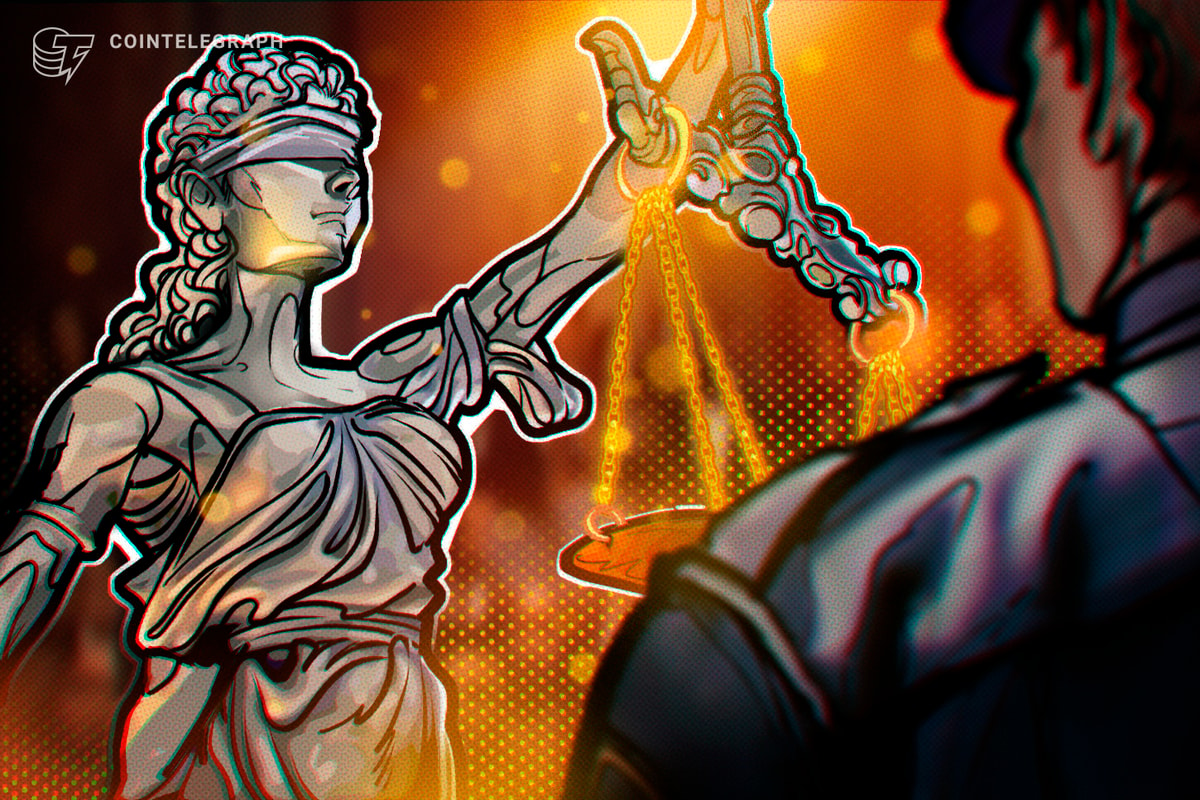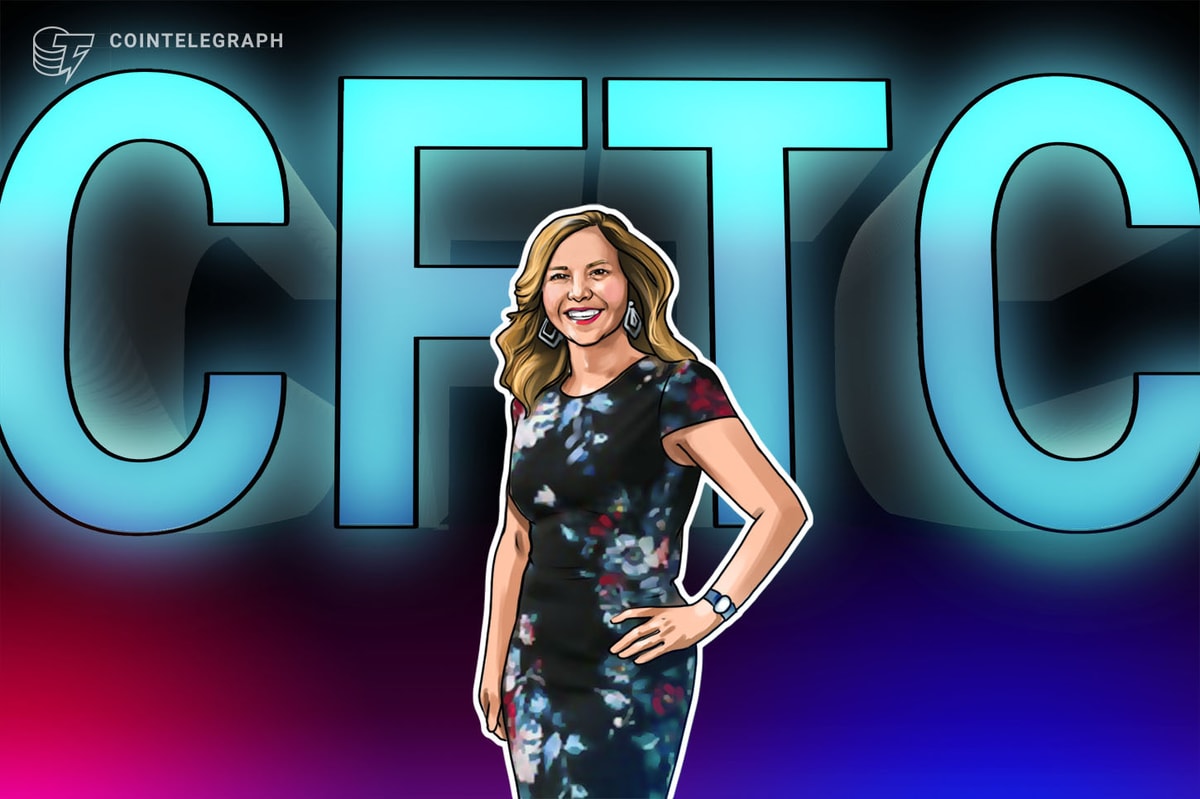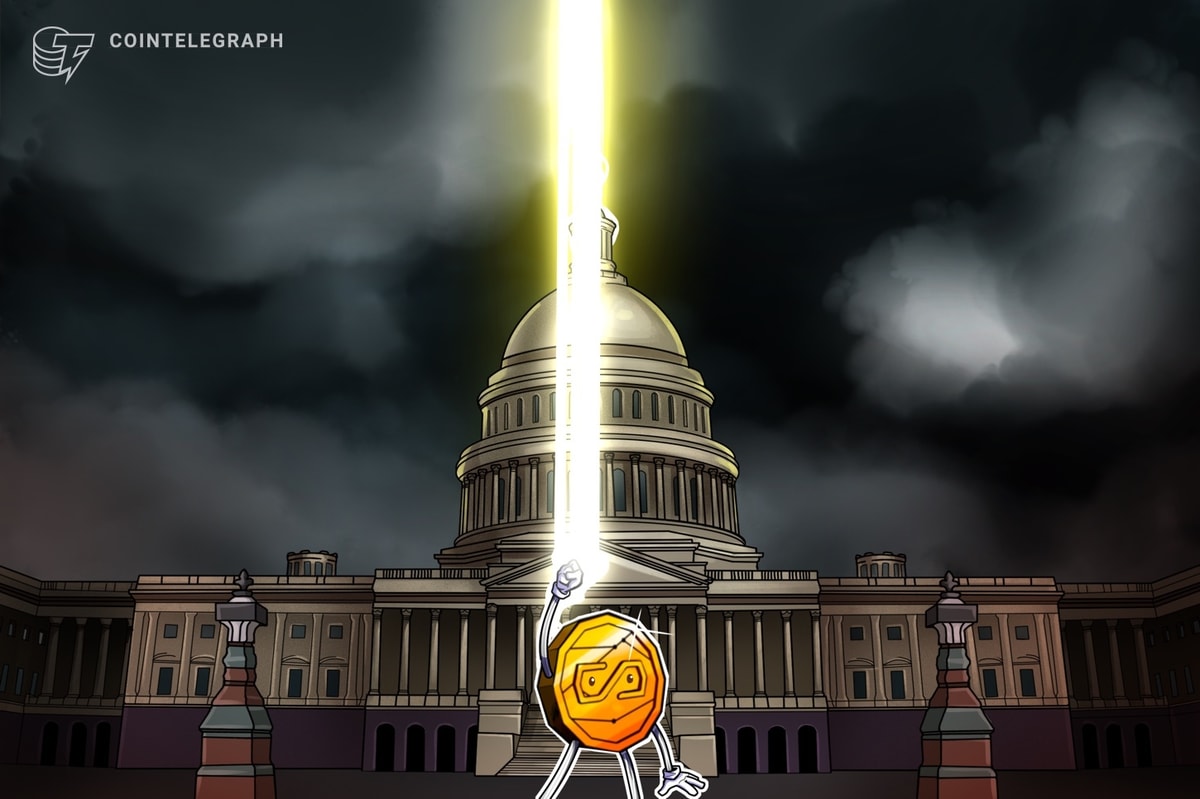The European Banking Authority (EBA) is to investigate the interconnectedness of legacy banks with non-bank financial institutions (NBFIs).
The European Union’s banking regulator, the European Systemic Risk Board (ESRB) and the Financial Stability Board (FSB) will assess hedge funds, private equity and crypto platforms.
The intention was announced by the chair of EBA, José Manuel Campa, in a Jan. 3 interview with the Financial Times. Campa believes that the whole “underlying chain in NBFIs” should be traced to understand the scale of the potential for contagion between banking and non-banking financial institutions in a stress situation:
“We should be doing more and we are going to be doing more. We need to have an understanding of the whole underlying chain in NBFIs.”
The executive revealed that the EBA had already assessed the banks’ balance sheet exposures to non-banks, including loans. He believes NBFIs to be an “obscure sector” with a “not-homogenous” quality of available data.
Related: ECB issues vendor call, progress report on digital euro rulebook
According to the FSB estimate, the total value of assets held by NBFIs is close to $218 trillion, which comprises roughly 46% of total global assets. In comparison, traditional banks possess around $183 trillion.
In November 2023, the EBA proposed new industry guidelines for Anti-Money Laundering and Combating the Financing of Terrorism (AML/CFT) in the crypto sector. In particular, the EBA suggested merging the AML/CFT criteria for payment service providers and crypto asset service providers (CASPs). It also proposed obliging CASPs to “enable the transmission of information in a seamless and interoperable manner” by enhancing the interoperability of their protocols.
Magazine: Which gaming guild positioned itself best for the bull market?











